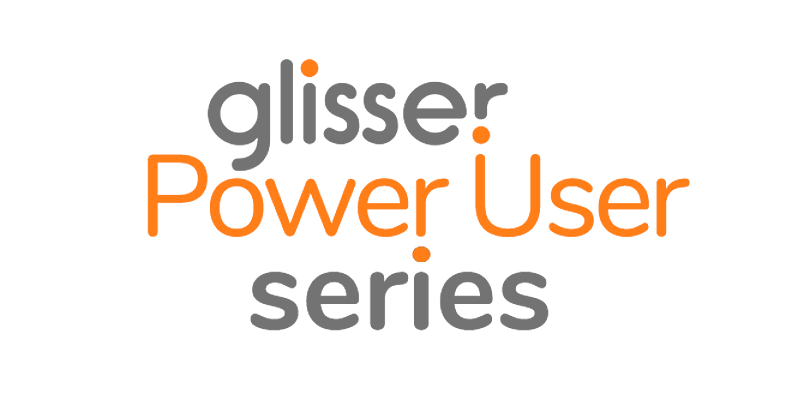We’ve reviewed over 100 sample event feedback forms, and these are our main thoughts on what to do and what not to do…
One: DO… strive for consistency across events
Event feedback forms are most useful when you can compare information from within an event, but also across multiple events or multiple years. Keep refining your feedback forms, but look for a few key measures to use time and time again – in our view, Net Promoter Score (NPS) is a great one to use at every event: “As a result of this event, on a scale of 1-10, how likely are you to promote us/our brand/our events to your peers?”
Two: DON’T… make them too long
The cardinal sin of event feedback forms, and feedback forms generally. As good as any event is, giving feedback feels like a bit of a chore. Focus in with laser precision on what’s important, and leave out the rest.
If you’re looking for a cool piece of tech to rid the world of long event feedback forms, take a look at Typeform.
Three: DO… be quick off the blocks
Within minutes of delegates leaving the venue their willingness to provide feedback declines dramatically. And 24 hours later is way too late. Your best option is to ask them while they’re still at the venue and everything is fresh in their mind.
Four: DON’T… ask things that should have been discovered before the event
In the lead up to the event you’ve a number of opportunities to communicate key information, but also begin the feedback process. Don’t waste your valuable post-event questions asking ‘how did you find out about us?’ when you can track that at point of sign-up.
Five: DO… think about how the feedback can support marketing
Feedback isn’t just to evidence the success of the event and give you clear ideas of how to improve in future, it can also be a valuable marketing tool. Think about the ‘headline stat’ you’d like to write for your next event promotional campaign, and include a question to support that.
Six: DON’T… prioritise the wrong things
Too many feedback surveys ask loads of questions about the venue, the food, the coffee, the parking. These are basic requirements that people will gladly tell you about if they’re not up to scratch – there’s no need to ask! Your survey questions need to be about assessing whether the event achieved its strategic objectives, whether real value was added to attendees and whether your hard work made an impact.
Seven: DO… focus on outcomes, rather than activities
Ask questions in a way that gets delegates really thinking. How likely are you to change your behaviour as a result of this session? What have you learned today that you can put into practice in your business? The content itself is important – but the impact it can have going forward is the real value your events are delivering.
Eight: DON’T… be too general in your questioning
Not only is it boring for delegates to score yet another session from four or five options from very good to very bad, the results are always so unhelpful – clumps of answers around very good and a few outliers. Instead, force them to pick the best, the worst, the most useful, the most entertaining, etc.
Nine: DO… look to integrate your feedback into your CRM system
It’s a crime to ask for feedback and not act on it, and the main reason event survey results get dropped is that they’re not integrated into the central data ‘brain’ that is supporting the entire sales and marketing effort. Use solutions like Glisser to collect audience feedback live, and get it straight into your CRM, for seamless event ROI metrics.






